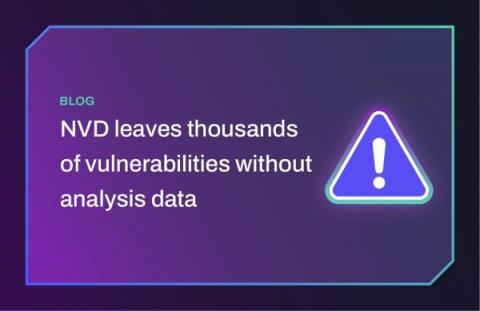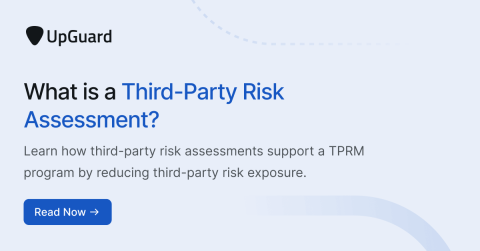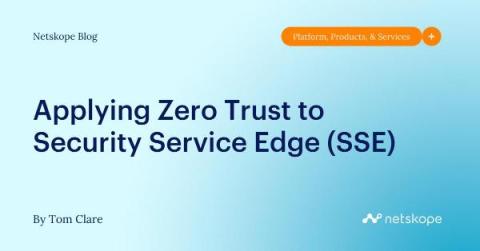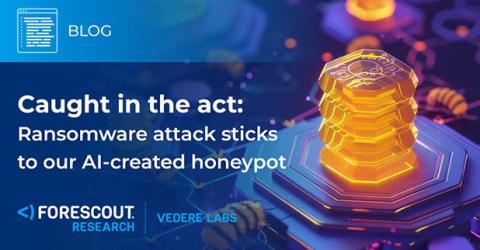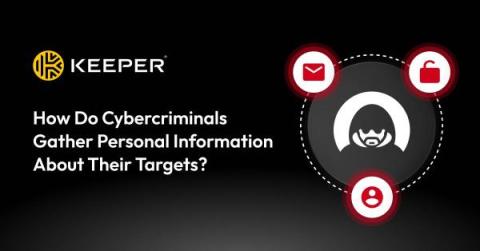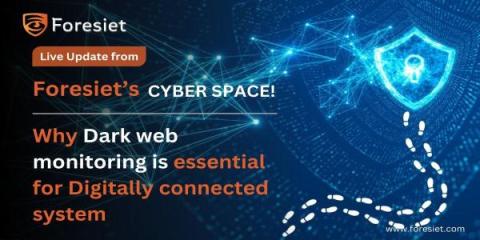Smartphones: The Usual Suspects in Car Accident Cases
Smartphones have become such an integral part of our way of life that we cannot seem to do anything without them. We're always chatting, answering calls, going through social media, etc., and the most dangerous part is that we even do these things while driving. Such an action can be categorized as distracted driving, which is engaging in other activities as a driver that distract you from paying attention to the road.



